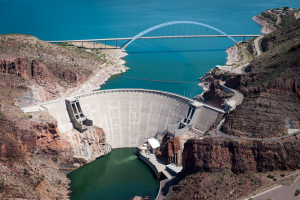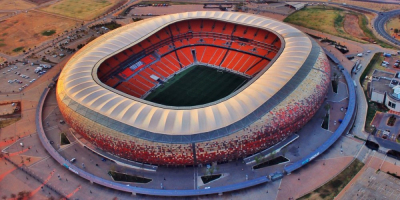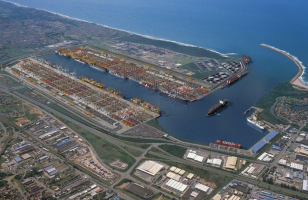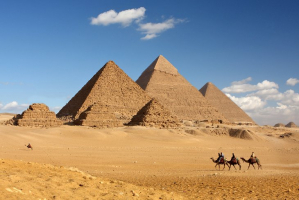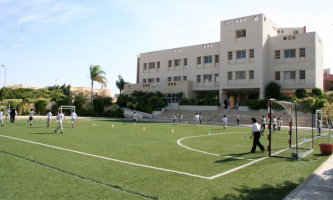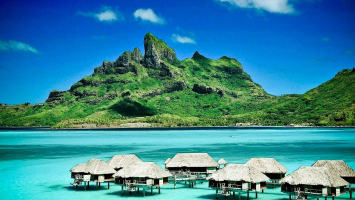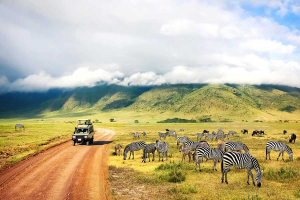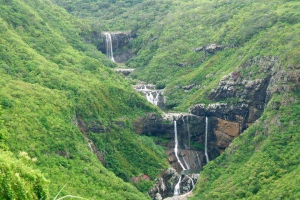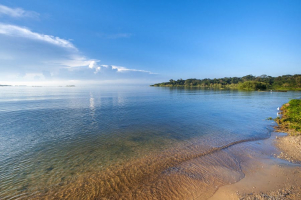Top 10 Biggest Hydropower Plants in Africa
Some of the world's largest dams are found in Africa. Dams have been a stable source of hydroelectric energy for decades, delivering significant amounts of ... read more...electricity even as the globe shifts to greener types of power. To find out more about this field, Toplist compiled a list of the biggest hydropower plants in Africa. Let’s get started!
-
The Grand Renaissance Dam in Ethiopia, formerly known as the Millennium Dam, has been under construction since 2011. This hydropower plant is expected to be the continent's largest dam when completed. The dam, which will be built on the Blue Nile near Ethiopia's border with Sudan in the Benishangul-Gumuz Region, will generate an estimated 6,450 MW per year.
The reservoir, which began filling in July 2020 and houses around 63 billion m2 of water, is one of the largest on the continent. The dam is expected to start producing electricity between June and August 2021, making it the world's sixth-largest hydroelectric power plant once it is operational. The dam's walls have a height of 145 meters and a length of 5,900 meters. The dam's major objective is to generate electricity in order to alleviate Ethiopia's severe energy constraints and to sell electricity to neighboring nations.
Country: Ethiopia
Construction began: April 2, 2011
Opening date: July 21, 2020
Electricity generation capacity: 6,450 MW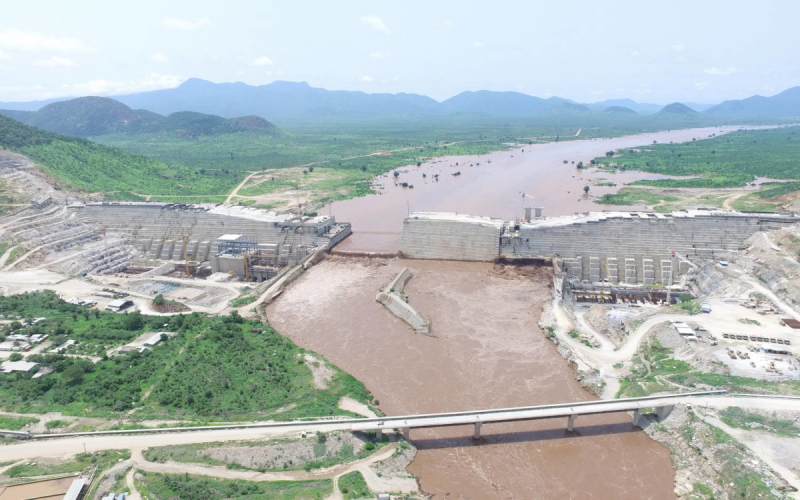
The Grand Ethiopian Renaissance Dam. Photo: africanewsagency.fr 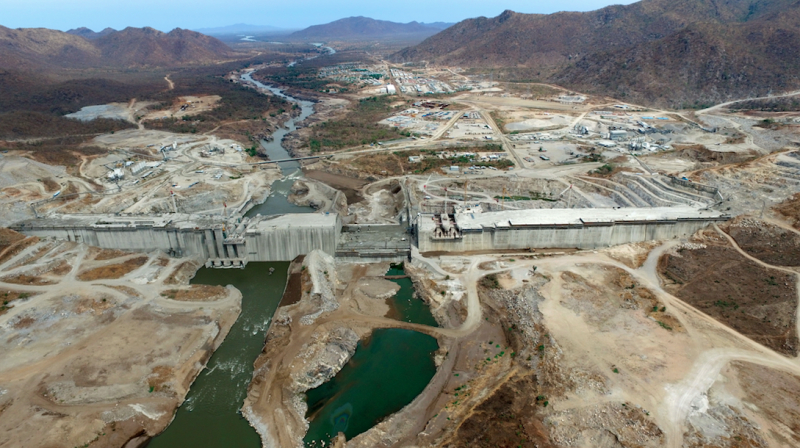
The Grand Ethiopian Renaissance Dam. Photo: waterpowermagazine.com -
Aswan High Dam is the continent's second-largest dam, located near the same-named city in southern Egypt. The dam, which spans the Nile, is the world's largest embankment dam, with a height of 111 meters and a length of 4,000 meters.
The dam has a total generation capacity of 2,100 MW, with twelve generators each producing 175 MW. Following the Egyptian Revolution of 1952, the government made it a priority to build the High Dam, based on the success of the Low Dam, which was then at full capacity. With its ability to better control flooding, provide increased water storage for irrigation, and generate hydroelectricity, the dam was seen as important to Egypt's planned industrialization. The High Dam, like its predecessors, had a tremendous impact on Egypt's economy and culture.
Country: Egypt
Construction began: 1960
Opening date: 1970
Electricity generation capacity: 2,100 MW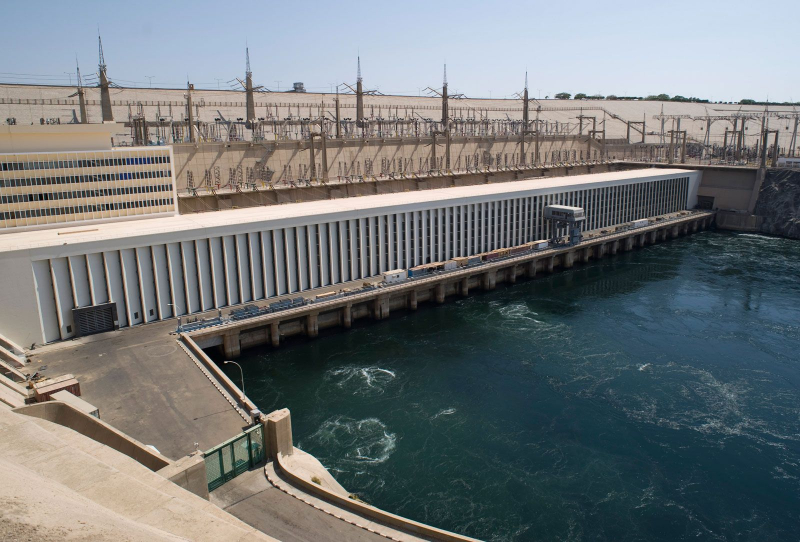
Aswan High Dam. Photo: britannica.com 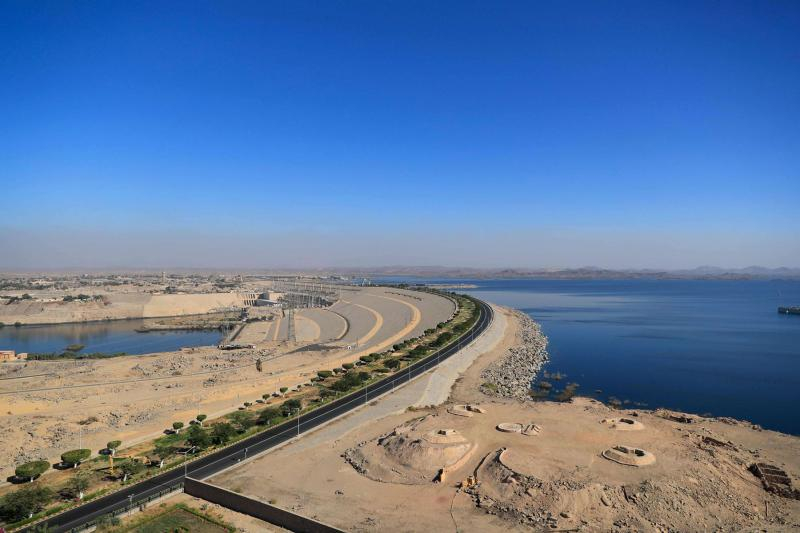
Aswan High Dam. Photo: thearabweekly.com -
The Cahora Bassa Dam in Mozambique is the largest hydropower facility in southern Africa. It is one of two major dams on the Zambezi River. The turbines have a combined capacity of 2,070 MW and are powered by five 415 MW turbines.
The Cahora Bassa high-voltage direct current (HVDC) line system, which has two converter stations in Songo, Mozambique, and Apollo, South Africa, exports the majority of the power generated by the Cahora Bassa Dam to South Africa. The Zambezi River's power is converted into electricity by operating turbines at this dam. The electricity is subsequently supplied to cities, farms, and mines in South Africa. Cahora Bassa Lake is formed by the Cahora Bassa Dam. In short, the Cahora Bassa dam is considered Mozambique's most efficient power generating station and the largest hydroelectric power plant in southern Africa.
Country: Mozambique
Construction began: 1969
Opening date: 1974
Electricity generation capacity: 2,070 MW
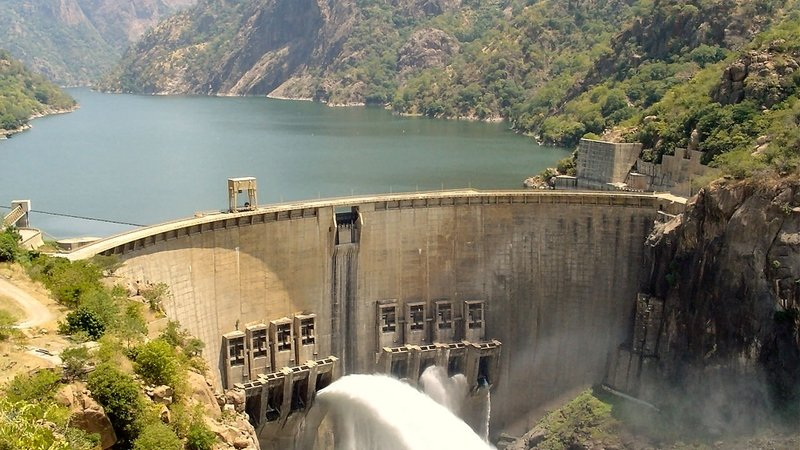
Cahora Bassa Dam. Photo: mg.co.za 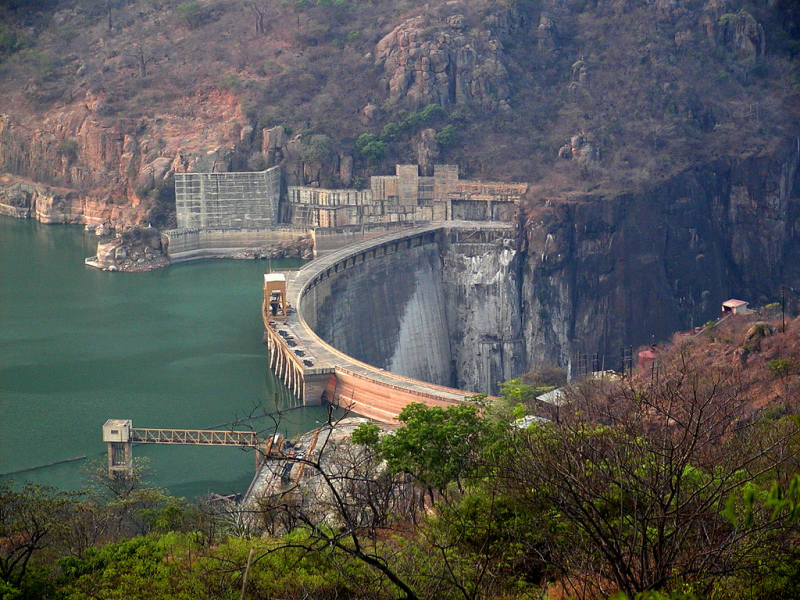
Cahora Bassa Dam. Photo: flickr.com -
The Gilgel Gibe III Dam is a roller-compacted concrete dam and hydroelectric power plant built on the Omo River, southwest of Ethiopia's capital, Addis Abeba. The Gibe III power station is part of a cascade of dams that includes the Gibe I dam, which has a capacity of 184 MW, and the Gibe II power station, which has a capacity of 420 MW. The Gibe IV and V dams, each with a capacity of 1,472 MW and 560 MW, are currently being planned for addition to the Gibe Cascade.
The facility is currently undergoing commissioning, and future electricity generated by it is planned to supply half of Ethiopia's capacity, with the other half going to Kenya (500 MW), Sudan (200 MW), and Djibouti (200 MW). Ethiopia has pledged to generate 95 percent of its energy from hydropower as part of its current development objectives.
Country: Ethiopia
Construction began: 2006
Opening date: October 2015
Electricity generation capacity: 1,870 MW
Gilgel Gibe III Dam. Photo: ejatlas.org 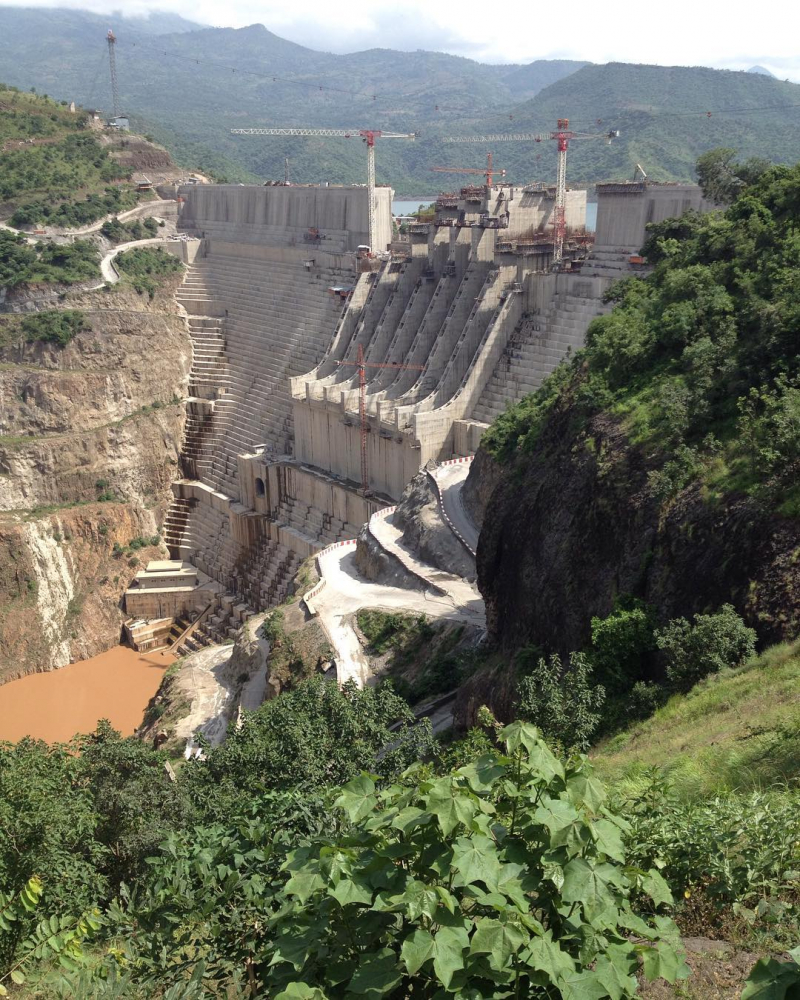
Gilgel Gibe III Dam. Photo: en.wikipedia.org -
The Inga Dams are two hydroelectric dams that are connected to Inga Falls, one of the world's greatest waterfalls. The Inga Dams in the Democratic Republic of Congo (DRC) have a combined capacity of 1,775 MW and are made up of two single dams, Inga I (351 MW) and Inga II (1,424 MW).
The hydroelectric dams on the Inga Falls, one of the world's greatest waterfalls, are currently operating at only half of their full capacity. The expansion of the dam has piqued the interest of nations and power companies across Africa, who have expressed interest in pursuing the Grand Inga project, which is anticipated to cost $80 billion and would be the world's largest power station, with a capacity of up to 70 GW.
Country: the Democratic Republic of the Congo
Construction began: Inga I: 1968 - Inga II: 1982
Opening date: Inga I: 1972 - Inga II: 1982
Electricity generation capacity: 1,775 MW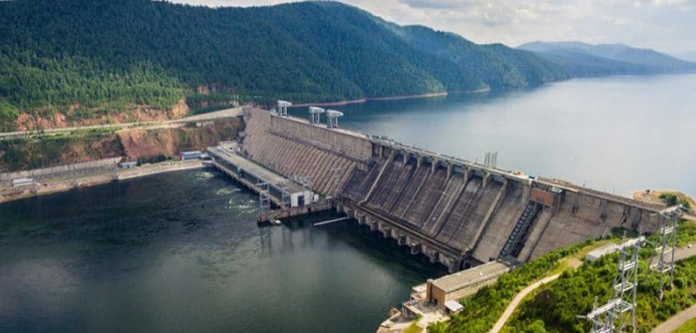
Inga Dams. Photo: constructionreviewonline.com 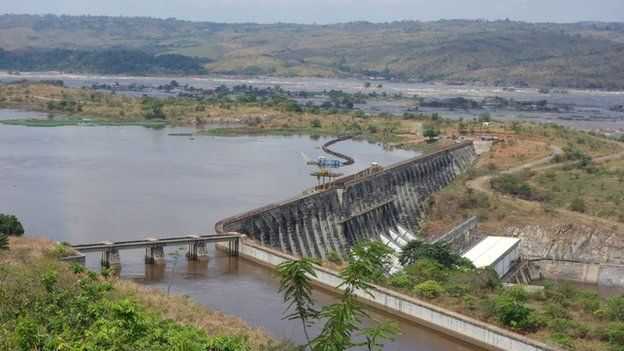
Inga Dams. Photo: bbc.com -
The Kariba Dam is the next name on the list of the biggest hydropower plants in Africa. The Kariba Dam, which is located between Zimbabwe and Zambia and stands 128 meters tall and 579 meters long, is the world's largest man-made dam.
The dam, which now has a total installed capacity of 1,626 MW, is currently being extended in order to boost its yield. On the north and south sides of the dam, power facilities generate electricity for Zambia and Zimbabwe, respectively. The Zimbabwean south station has been in operation since 1960 and contains six 111 megawatts (149,000 horsepower) generators for a total capacity of 666 megawatts (893,000 hp). Zambia's north station, which has four 150 megawatts (200,000 hp) generators for a total of 600 megawatts (800,000 hp), has been in operation since 1976.
Country: Zambia - Zimbabwe
Construction began: 1955
Opening date: 1959
Electricity generation capacity: 1,626 MW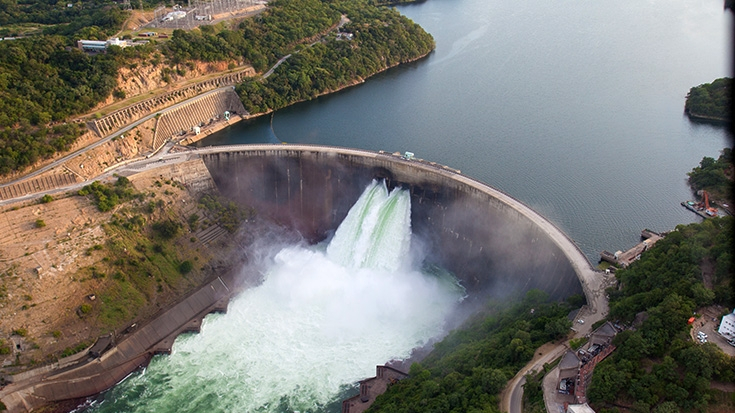
The Kariba Dam. Photo: worldbank.org 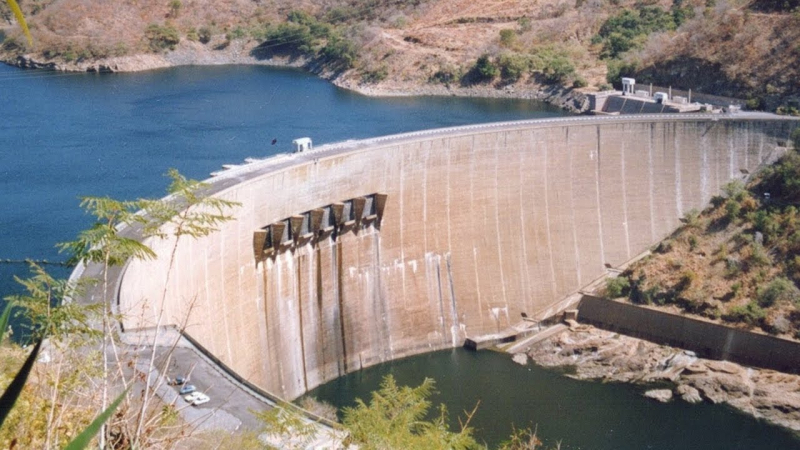
The Kariba Dam. Photo: ice.org.uk -
Merowe Dam is the seventh name on the list of the biggest hydropower plants in Africa. The Merowe Dam in northern Sudan is the greatest current hydropower project in Africa by size, with a length of 7 kilometers and a height of up to 67 meters. The hydropower dam, which is located on the Nile, is made up of ten turbines, each capable of producing 125 MW, for a total of 1,250 MW.
The plant, which has a capacity of 1,250 megawatts, doubled Sudan's electricity generation. Because of the resulting loss in water moving downstream, it relocated more than 50,000 people from the rich Nile Valley to barren desert regions. The rising waters of the reservoir pushed out thousands of individuals who refused to leave their houses.
Country: Sudan
Construction began: 2004
Opening date: March 3, 2009
Electricity generation capacity: 1,250 MW
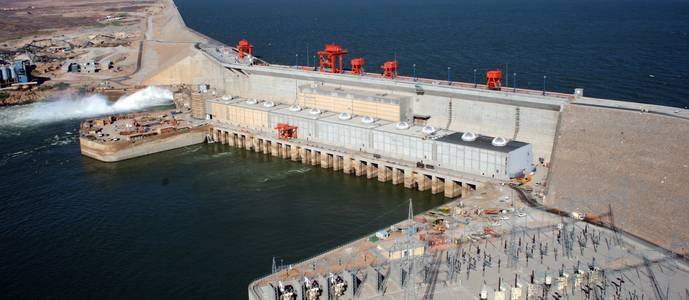
Merowe Dam. Photo: ejatlas.org 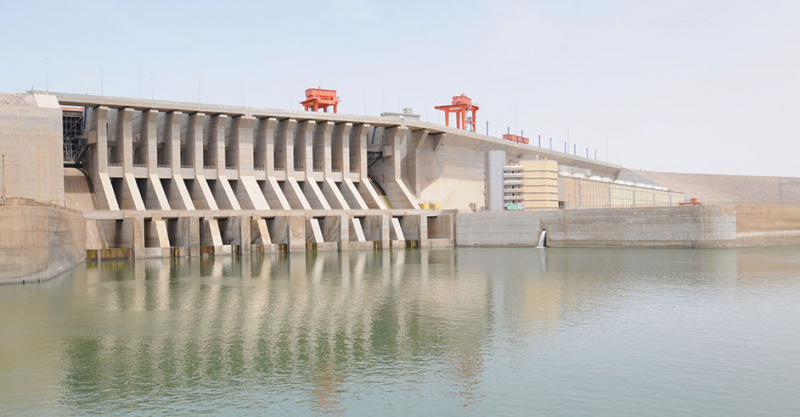
Merowe Dam. Photo: international.net -
The Tekezé Dam in Ethiopia, the next name on the list of the biggest hydropower plants in Africa, is the continent's highest dam. The Tekezé Dam is a double curvature arch dam in Ethiopia's Amhara and Tigray regions. The Tekezé Dam, which is located on the Tekezé River, a tributary of the Nile, is one of the country's major public works projects.
At 188 meters (617 feet), the Tekezé Dam was Africa's largest double-curvature arch dam at the time of its completion. The resulting reservoir covers an area of 105 km2 and can hold 9.3 billion m3 of water. It ended up costing $360 million, which was $136 million more than expected. The dam's powerhouse houses four 75 MW turbines that each produce 300 MW of energy, totaling 1,200 MW. As Ethiopia's power demand grows, the dam has helped to alleviate power shortages.
Country: Ethiopia
Construction began: 1999
Opening date: February 2009
Electricity generation capacity: 1,200 MW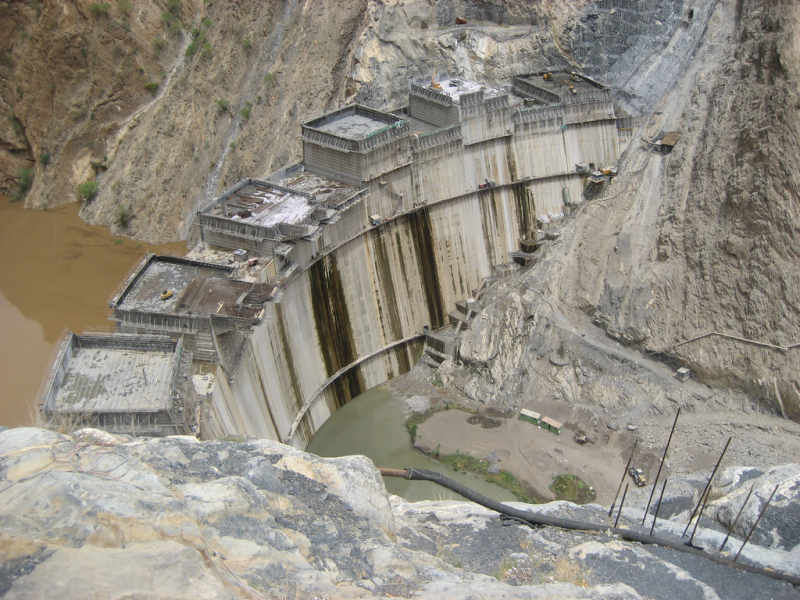
Tekezé Dam. Photo: ethiopianeconomy.wordpress.com 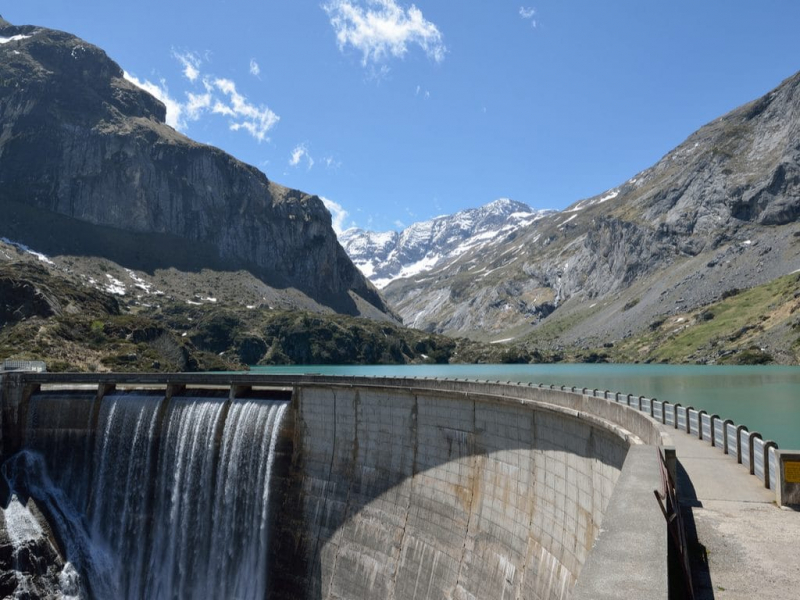
Tekezé Dam. Photo: afrik21.africa -
The Akosombo Dam in southeastern Ghana, located at the base of Lake Volta, derives hydropower from the world's largest man-made lake. This hydropower plant has a surface area of 8,502 km2. The power plant, which was originally built to supply electricity to the country's aluminum sector, now has a capacity of 1,020 MW and supplies electricity to Ghana, Togo, and Benin.
The Akosombo Dam was built primarily to supply electricity to the aluminium industry. This dam was known as "The largest single investment in the economic development plans of Ghana". The dam is particularly notable since it provides the majority of Togo's and Benin's electricity, despite the Adjarala Dam's goal of reducing these nations' reliance on imported power.
Country: Ghana
Construction began: 1961
Opening date: 1965
Electricity generation capacity: 1,020 MW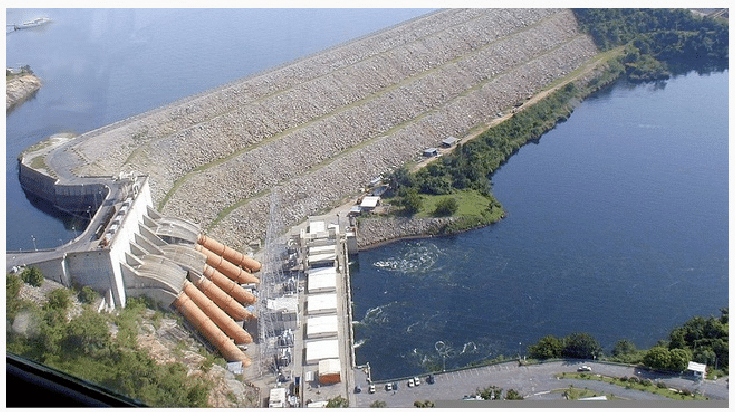
Akosombo Dam. Photo: researchgate.net 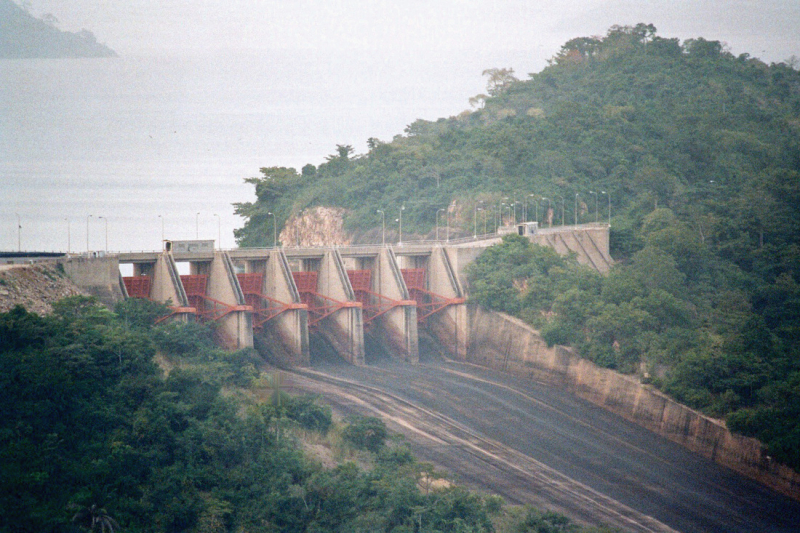
Akosombo Dam. Photo: ghana-net.com -
The Kainji Dam, which is located on the Niger River in Nigeria, provides electricity to all of the country's major cities. Despite the fact that a dam with a capacity of 960 MW was planned, only eight of the projected twelve turbines have been constructed, bringing the plant's capacity down to 760 MW. With a length of 10 kilometers, the Kainji Dam is one of the world's longest dams.
The overall expenditure was anticipated to be US $209 million, with a quarter of that amount going toward resettling individuals displaced by the dam and its reservoir, Kainji Lake. The dam provides electricity to all of Nigeria's major cities. A portion of the electricity is sold to Niger, a neighboring country. Furthermore, droughts on occasion have made Niger's water flow unpredictable, reducing the dam's electrical output.
Country: Nigeria
Construction began: 1964
Opening date: 1968
Electricity generation capacity: 760 MW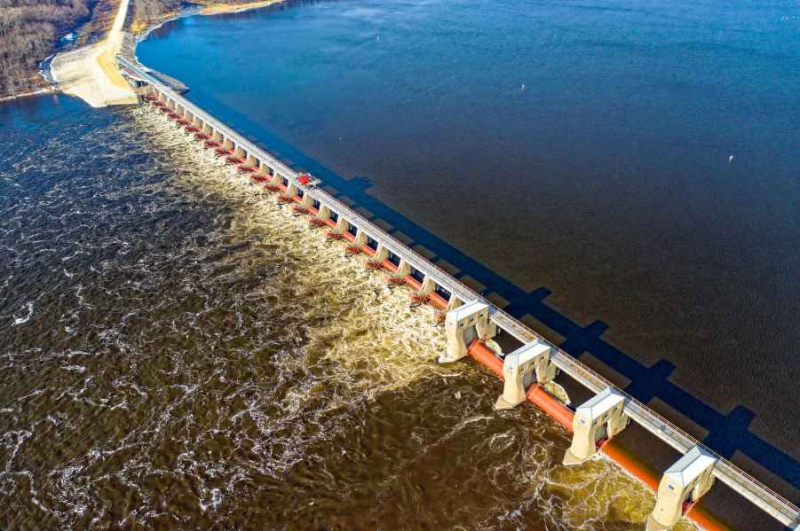
Kainji Dam. Photo: geographypoint.com 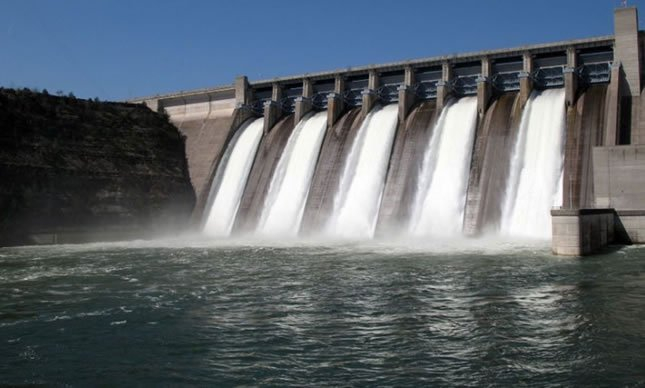
Kainji Dam. Photo: punchng.com














